Blood Pressure - Types, Causes, Symptoms & Homeopathic Treatment!
When your heart beats, it pumps blood around your body to give it the energy and oxygen it needs. As the blood moves, it pushes against the sides of the blood vessels. The strength of this pushing is your blood pressure. If your blood pressure is too high, it puts extra strain on your arteries (and your heart) and this may lead to heart attacks and strokes.
TYPES OF BLOOD PRESSURE-
1. Systolic Blood Pressure-
It occurs when the blood exerts a normal pressure on the blood vessels during the flow of it out of the heart during a heart beat. It is 120 mmHg in a healthy adult. When blood exerts a high pressure on the blood vessels, it is called "High Systolic Blood Pressure" and when the blood exerts a low pressure on the blood vessels, it is known as "Low Systolic Blood Pressure."
2. Diastolic Blood Pressure-
It is characterized by pressure of blood on the blood vessels between the two beats of the heart. Like systolic blood pressure, it also tends to high or low, the time it is high, it refers to "High Diastolic Blood Pressure" and the time it is low, it is named as "Low Diastolic Blood Pressure."
TYPES OF HIGH BLOOD PRESSURE
1. Primary Hypertension
Primary hypertension is also called essential hypertension. This kind of hypertension develops over time with no identifiable cause. Most people have this type of high blood pressure.
2. Secondary Hypertension
Secondary hypertension often occurs quickly and can become more severe than primary hypertension. Several conditions that may cause secondary hypertension include:
* Congenital heart defects
* Side effects of medication especially contraceptive medications in women
* Alcohol abuse
* Obstructed sleep apnea
* Thyroid problems
* Adrenal gland problems
* Certain endocrine problems
* Diabetes
* Arteriosclerosis
* Atherosclerosis
STAGES OF HIGH BLOOD PRESSURE
- Healthy: A healthy blood pressure is less than 120/80 millimeters of mercury (mmHg).
- Elevated: The systolic blood pressure is between 120 and 129 mmHg, and the diastolic blood pressure is less than 80 mmHg.
- Stage 1 Hypertension: The systolic blood pressure is between 130 and 139 mmHg, or the diastolic blood pressure is between 80 and 89 mm Hg.
- Stage 2 Hypertension: The systolic number is 140 mm Hg or higher, or the diastolic number is 90 mmHg or higher.
- Hypertensive Crisis: The systolic blood pressure is over 180 mmHg, or the diastolic blood pressure is over 120 mmHg. Blood pressure in this range requires urgent medical attention.
LEVELS OF LOW BLOOD PRESSURE
Normally there are 8 levels of low blood pressure.
* Normal systolic low BP___ 120 mmHg
* Normal diastolic low BP___ 80 mmHg
* Low Systolic___ 90 mmHg
* Low Diastolic___ 60 mmHg
* Too low systolic___ 60 mmHg
* Too low diastolic___ 40 mmHg
* Dangerous systolic___ 40 mmHg
* Dangerous diastolic___ 33 mmHg
WHAT ARE THE SYMPTOMS OF HIGH BLOOD PRESSURE
Hypertension is generally a silent condition. Many people won’t experience any symptoms. It may take years or even decades for the condition to reach levels severe enough that symptoms become obvious. Even then, these symptoms may be attributed to other issues. Symptoms of severe hypertension can include:
* nosebleeds
* flushing
* visual changes
* blood in the urine
WHAT ARE THE SYMPTOMS OF LOW BLOOD PRESSURE
The common symptoms of low blood pressure are:
* Dizziness or lightheadedness
* Fainting (syncope)
* Blurred vision
* Nausea
* Fatigue
* Lack of concentration
* Shock
Extreme hypotension can result in a life-threatening condition. Signs and symptoms include:
* Confusion, especially in older people
* Cold, clammy, pale skin
* Rapid, shallow breathing
* Weak and rapid pulse
* Coma
WHAT CAUSES OF HIGH BLOOD PRESSURE
* Eating too many salts
* Being overweight
* Alcohol abuse
* Foods that rich in fats
* Age: as you get older, the effects of an unhealthy lifestyle can build up and your blood pressure can increase.
* Ethnic origin: people from African-Caribbean and South Asian communities are at greater risk
* Family history: you are at greater risk if other members of your family have, or have had high blood pressure.
* Kidney problems
* Arteriosclerosis
* Atherosclerosis
* Congenital heart defects
* Side effects of medication especially contraceptive medications in women
* Alcohol abuse
* Obstructed sleep apnea
* Thyroid problems
* Adrenal gland problems
* Certain endocrine problems
* Diabetes
WHAT CAUSES OF LOW BLOOD PRESSURE
* Loss of blood
* Septicemia
* Hypovolemic shock
* Medication
* Malabsorption of nutrients in the intestines
* Lack of vitamins
TYPES OF LOW BLOOD PRESSURE-
Doctors often break down low blood pressure (hypotension) into categories, depending on the causes and other factors. Some types of low blood pressure include:
1. Orthostatic or Postural Hypotension
This is a sudden drop in blood pressure when you stand up from a sitting position or after lying down. Gravity causes blood to pool in your legs when you stand. Orthostatic hypotension can occur for various reasons, including dehydration, prolonged bed rest, pregnancy, diabetes, heart problems, burns, excessive heat, large varicose veins and certain neurological disorders. A number of medications also can cause orthostatic hypotension particularly drugs used to treat high blood pressure, diuretics, beta blockers, calcium channel blockers and angiotensin-converting enzyme (ACE) inhibitors as well as antidepressants and drugs used to treat Parkinson's disease and erectile dysfunction.
2. Postprandial Hypotension
This sudden drop in blood pressure after eating effects mostly older adults. Blood flows to your digestive tract after you eat. Ordinarily, your body increases your heart rate and constricts certain blood vessels to help maintain normal blood pressure. But in some people these mechanisms fail, leading to dizziness, faintness and falls. Postprandial hypotension is more likely to affect people with high blood pressure or autonomic nervous system disorders such as Parkinson's disease.
3. Low blood pressure from faulty brain signals (neurally mediated hypotension)
This disorder, which causes a blood pressure drop after standing for long periods, mostly affects young adults and children. It seems to occur because of a miscommunication between the heart and the brain.
4. Multiple System Atrophy Orthostatic hypotension
Also called Shy-Drager syndrome, this rare disorder causes progressive damage to the autonomic nervous system which controls involuntary functions such as blood pressure, heart rate, breathing and digestion. It's associated with having very high blood pressure while lying down.
A DIET FOR PEOPLE WITH HIGH BLOOD PRESSURE
* Eat less meat, more plants
* Reduce dietary sodium
* Cut back on sweets
HOMEOPATHIC MEDICINES FOR HIGH BP-
1. Medicines With Arteriosclerosis - Aur met, Aur iod, Baryt c, Baryta m, Cactus, Chel, Con, Crateag, Ergotin 2x trit thrice daily, Plb m, Plb iod, Sec, Stroph
2. Medicines Without Arteriosclerosis - Aco, Ant t, Arn, Bell, Bry, Dulc, Gels, Glon, Kali c, Kali iod, Kali nit, Lach, Nat mur, Sep, Verat, Verat v, Visc alb


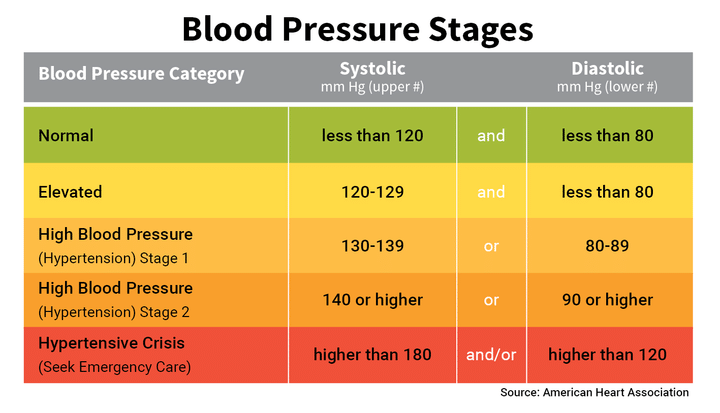
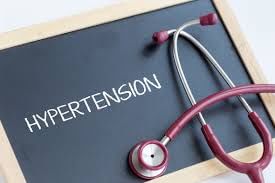
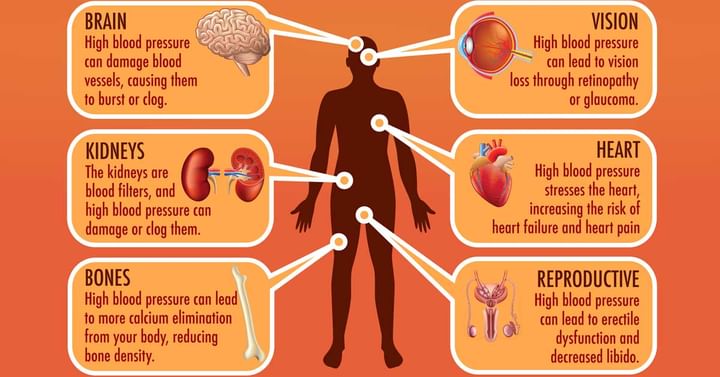
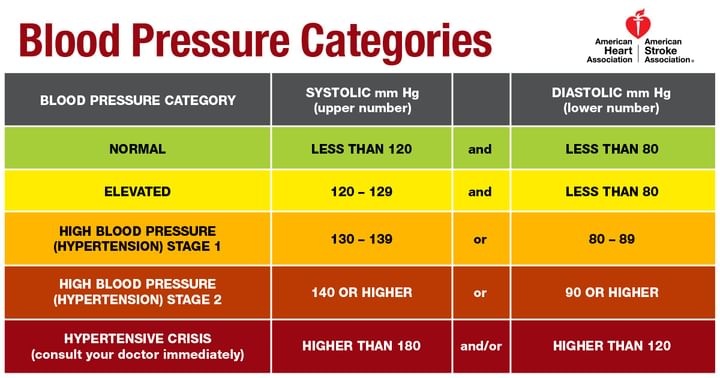
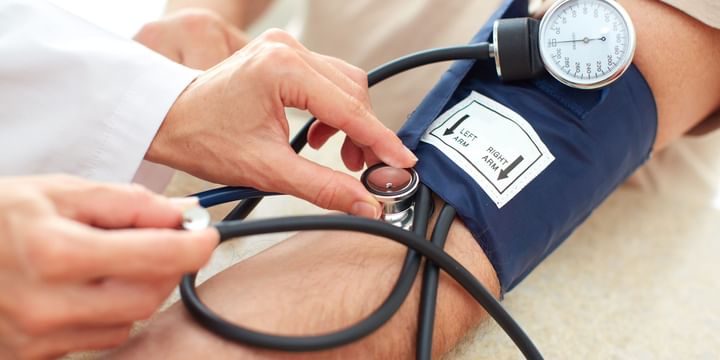
+1.svg)
